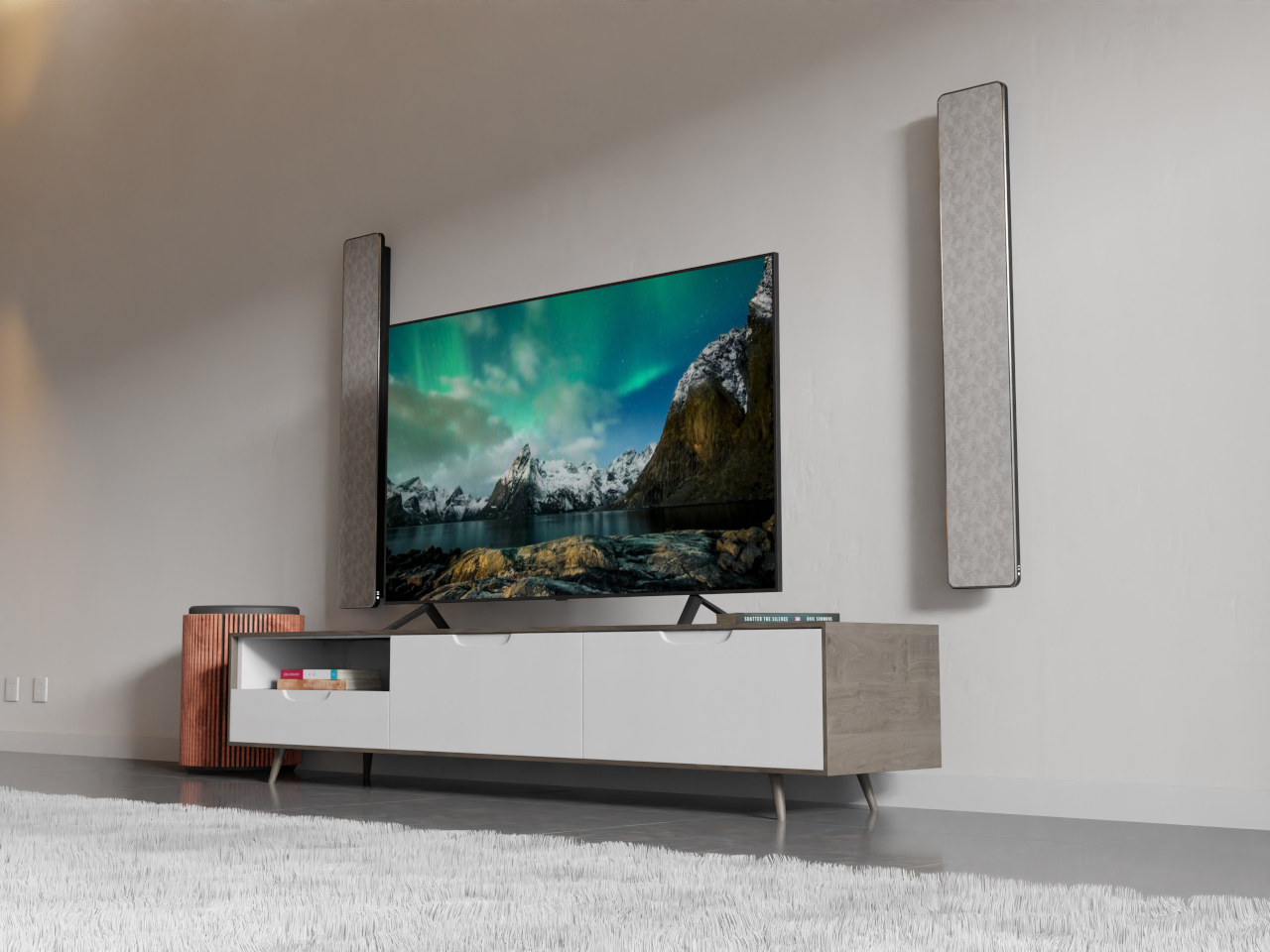It's finally happening, Overwatch 2 fans: as Blizzard indicated back in July, it will test out a return to six-player teams. When the transition from the original game took place just over two years ago, Blizzard switched to a 5v5 format, dropping one tank from each side. But after countless requests from the community, the team is ready to trial new spins on the old format with different approaches to team compositions.
Two 6v6 tests will take place in the next season of Overwatch 2. The first of these will get under way a week into season 14. Based on when the current season is expected to end (December 10, given the battle pass countdown), that means the first 6v6 test should start around December 17.
Blizzard is looking to avoid some of the pain points that persisted with the 2-2-2 setup of two tanks, two supports and two damage (or DPS) heroes in the original Overwatch. The first test will offer something in between that rigid role queue format and letting players have whatever combination of heroes they want without duplicating the same character (the current open queue option).
Each team of six will have between one and three heroes from each role. So you could opt to run with three tanks, two supports and one DPS in a set up that's similar to the infamous GOATS meta. But since this is a spin on the open queue format, teams will also be able to switch up their composition mid-match.
"There are a few different combinations here that you will be able to try, but this opens up many different team compositions that we haven’t seen before in Overwatch 2," game director Aaron Keller wrote in a blog post. "Besides experimenting with a format that could be seen as a middle ground to Role Queue and Open Queue, this will also give us a look at how Overwatch 2 heroes, abilities and updates work in a 6v6 environment before we expand to other types of tests."
The second test will take place at some point later in season 14 (which is also slated to introduce a new Scottish hero). This will be a step back in time of sorts to 2-2-2. However, it will "incorporate some new principles we introduced with Overwatch 2," such as hero reworks and fewer crowd control abilities.
Blizzard will make significant balance changes just for these two tests. For instance, tanks will have reduced power and survivability. Many passive abilities, such as self-healing over time for all heroes, may be tuned down or ditched.
"These format tests are all about understanding if we can make the core game even stronger," Keller wrote. "Every day, millions of players jump into the core 5v5 format and the last thing we want is to negatively impact that experience. The exciting thing about these tests is the potential to introduce something that could appeal to another group of players, ones that might have felt uncertain about the move to 5v5 when Overwatch 2 launched. Part of this series of tests is to not only judge our player’s appetite for larger team sizes, but for us to explore different ways that we might implement a change without running into the same problems we had previously."
Before the big 6v6 tests, Blizzard will try out a couple of composition-based experiments in season 13. The first will allow players to run with any spin on 2-2-1 that they like, but tanks will have reduced health, just like in open queue modes. You won't be locked to a given role here, either — for instance, you can switch from support to damage as long as your team doesn't have two DPS heroes already. The second 5v5 test — dubbed "Kingmaker" — will be a spin on that, but the player who is flying solo in their given role will receive some kind of bonus.
"We’re exploring more freedom in 5v5 while enabling more types of compositions to succeed," Keller noted. These two tests are set to "provide an excellent benchmark and framework for us going into the 6v6 tests," and Blizzard is hoping that players will provide feedback on them.
The future of 6v6 really depends on how much enthusiasm there is. "In the world where a surge of players join this mode and continuously play it, then we have the signal we need to do more with it," Keller wrote. The game's director notes that as recently as a few months ago, it was hard for him to foresee a situation in which 5v5 and 6v6 coexisted for the long term, but if the latter is a hit among fans, "we know our players can want more than one experience, and it would be something we'd need to consider."
So, there you have it. If you're yearning for a return of 6v6, you'll probably want to spend quite a bit of time playing these tests. These experiments seem like a smart way to go about things and could mark a return to the days when it was easier to swap between roles, giving players much more flexibility to pull off great plays.
Any permanent return of 6v6 is likely to be a while away, though. Overwatch 2 has been tuned entirely for 5v5 in terms of hero abilities, reworks and balance changes. The maps have been designed with 5v5 in mind as well, with the team updating many maps from the original Overwatch to add more cover. As such, it may take some time to tweak things to make 6v6 happen, but its return is no longer a pipe dream for players.
This article originally appeared on Engadget at https://www.engadget.com/gaming/overwatch-2s-long-awaited-6v6-tests-start-in-december-180100100.html?src=rss





















